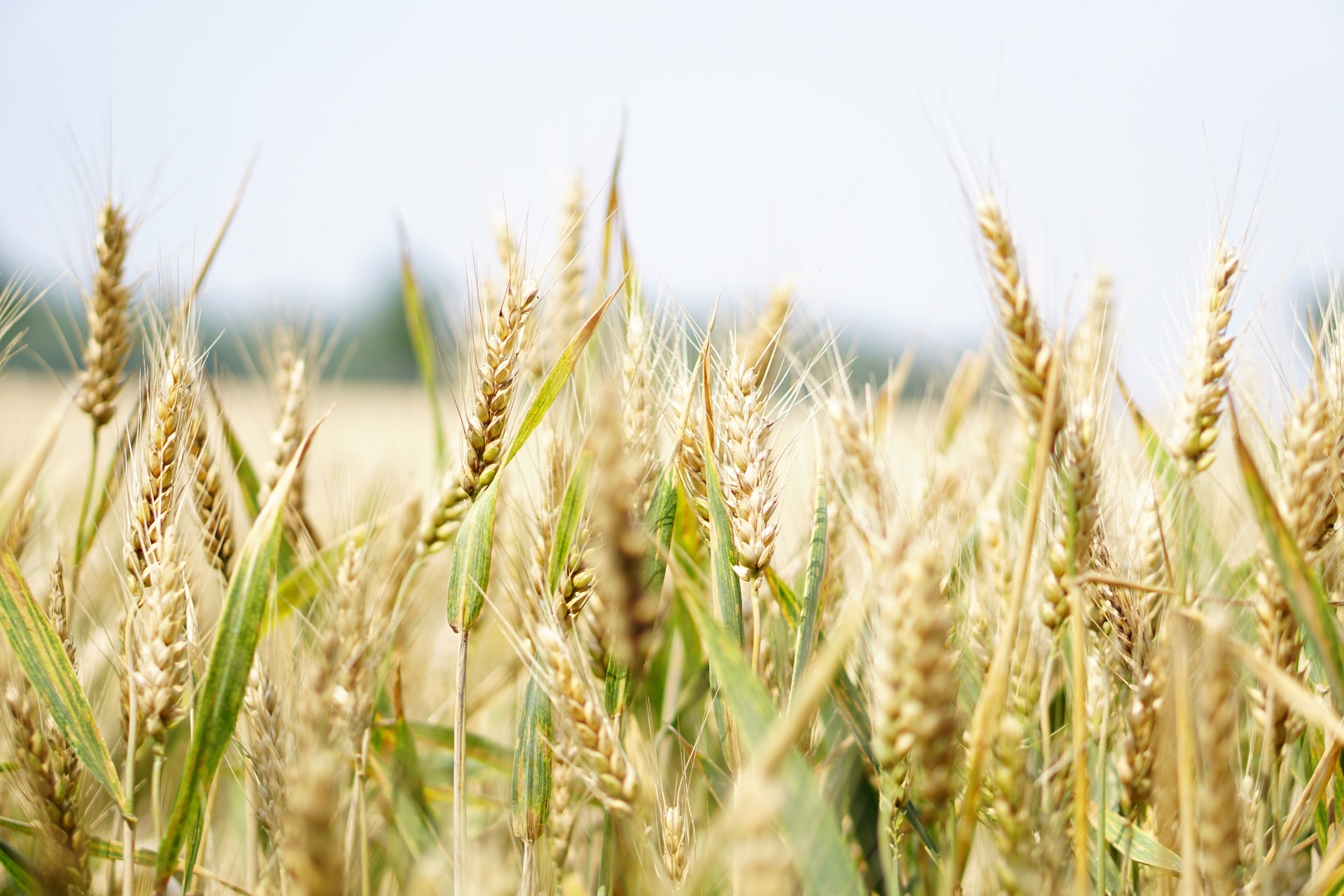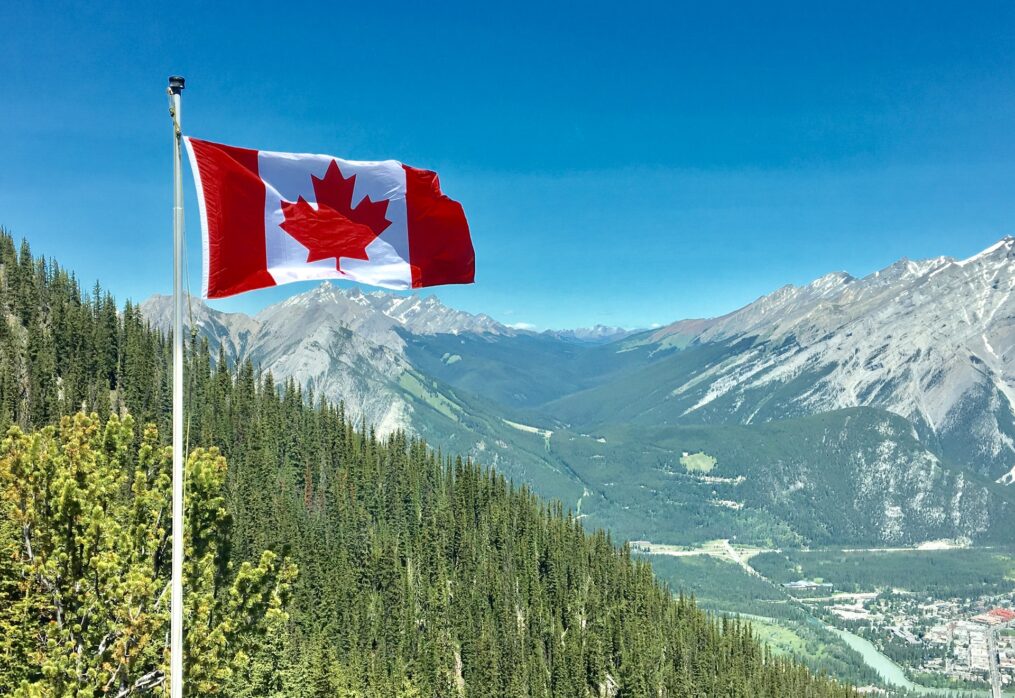Eco-labeling of winter wheat in Canada as a way to conserve duck populations
How eco-labeling of winter wheat works
In Canada, eco-labeling of winter wheat has begun to protect an endangered duck species. The fact is that these birds live and feed in the fields where these varieties of grain are grown, and the labeling will help identify important locations for birdwatchers.
An ecolabeling program has been launched by several organizations, including Cereals Canada and Ducks Unlimited Canada.
Ducks of the northern pintail species prefer to nest in winter wheat. Scientists have proven that these birds are 24 times more likely to survive weather difficulties and lack of food than populations that are placed on spring grains. The experts explain this observation by the fact that fieldwork is reduced when the birds begin their peak nesting period. Winter wheat is sown in the fall, and ducks enter the active preparation and breeding phase in the spring.
Grain producers and advanced technology companies have joined together in a new eco-labeling program that is taking place in several regions of Canada. The reason for this initiative was reported from Ducks Unlimited of declining northern pintail numbers. The trend has been going on since the 1970s, with scientists citing habitat loss as the reason for the population decline. According to Ducks Unlimited observations, these female ducks nest on the ground where there is little vegetation. In addition, the northern pintail lives far away from water, unlike other species. On average, these ducks lay 7-10 eggs, and their incubation period lasts from 22 to 24 days. After the ducklings have hatched, the mother takes them into the water for the first 24 hours.
According to Ducks Unlimited observations, these female ducks nest on the ground where there is little vegetation. In addition, the northern pintail lives far away from water, unlike other species. On average, these ducks lay 7-10 eggs, and their incubation period lasts from 22 to 24 days. After the ducklings have hatched, the mother takes them into the water for the first 24 hours.
Winter wheat is an excellent habitat for them, as it stays in the ground all winter and begins to grow in spring. Its green little cover attracts ducks, and the absence of active fieldwork allows them to hatch their offspring in peace.
In the Canadian Prairie region, however, the area of winter wheat crops has decreased, and with it, the population of the northern pintail has also decreased. So the eco-labeling program should help achieve two goals. On the one hand, it will help raise the popularity of winter wheat cultivation among local producers as an ecologically friendly product, and on the other hand, it will outline the ducks’ habitat. The authors invite other companies to join the initiative, with Les Moulins de Soulanges and Beam Suntory Distillery recently partnering with them. These companies are interested in increasing their crops of winter wheat, as they use it as the main raw material for the production of alcoholic beverages. The companies hope that eco-labeling will increase the population of rare ducks.
